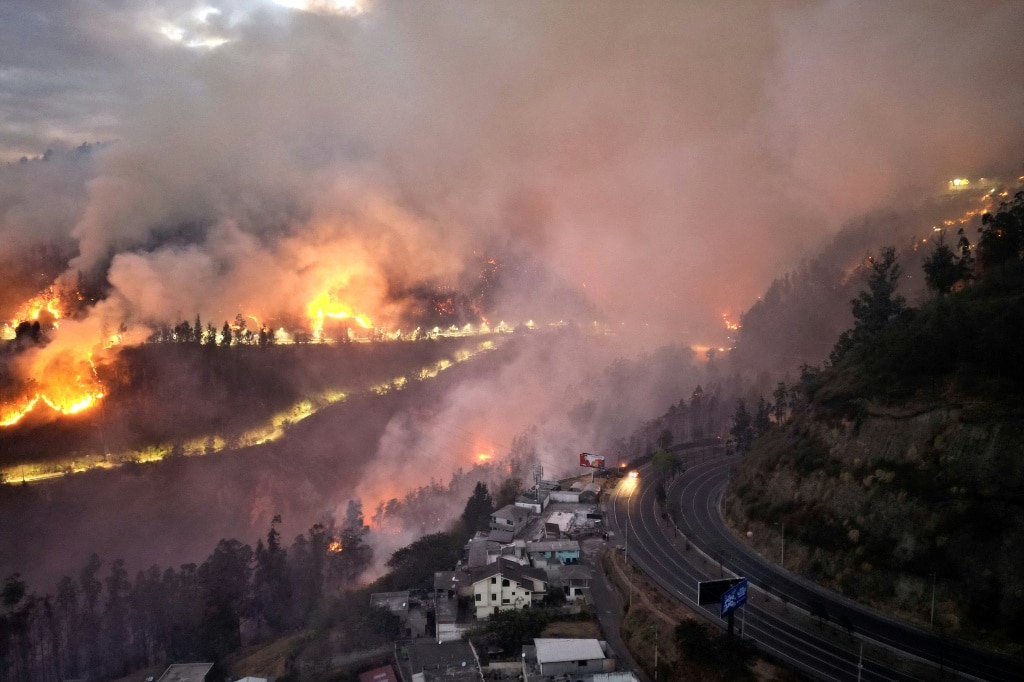‘Uninhabitable’: Push to move India’s capital as New Delhi’s 33 million residents brave toxic smog
The 33 million residents of this city have been suffering in a situation so “severe” politicians are proposing an extreme solution.
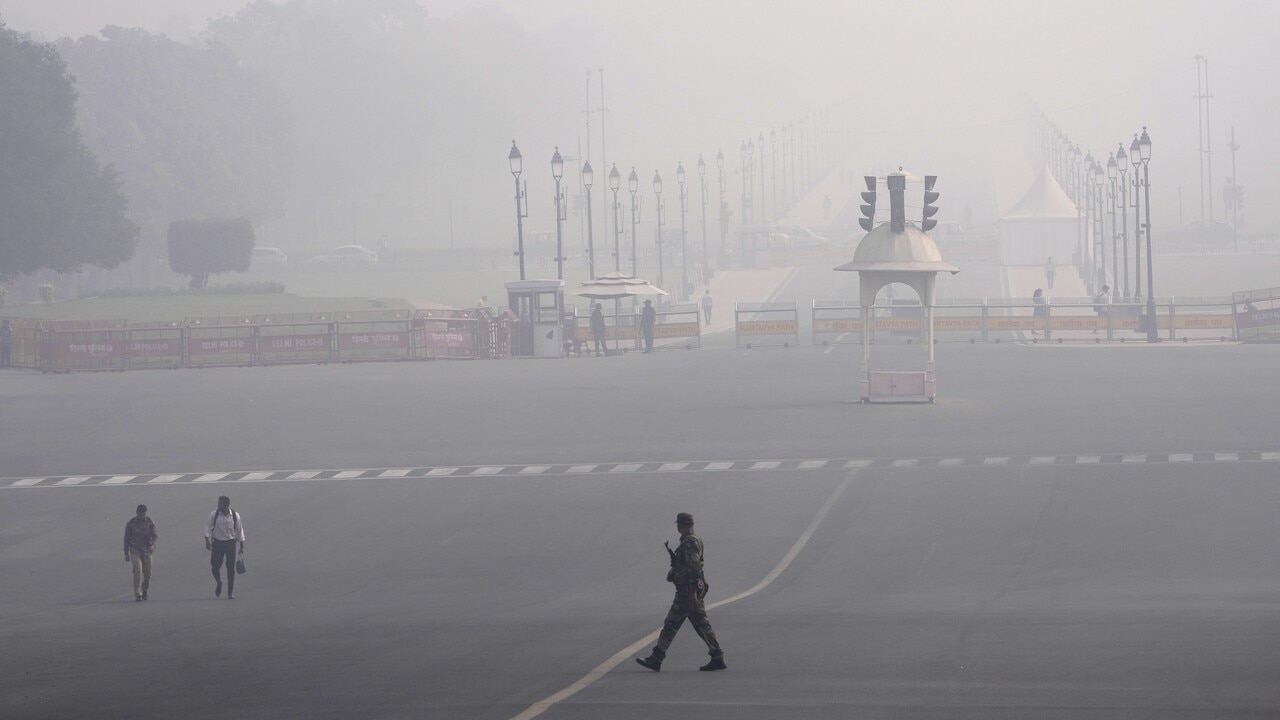
The 33 million residents of India’s capital have been suffering the worst spate of toxic smog in its history.
Now, its politicians want to abandon the city and relocate themselves and their staff to a healthier climate.
“Is Delhi still fit to be India’s national capital?” questioned Member of Parliament Shashi Tharoor, as pollution levels soared to “extremely severe” levels shortly before politicians were summoned there for a session of the National Congress.
Tharoor was prompted to post his complaint to social media as the city’s Air Quality Index (AQI) exploded to over 1700 milligrams of pollutants per square metre of air.
For it to be classified as “good”, it must have an AQI of less than 50.
“This city is essentially uninhabitable from November to January inclusive and barely liveable the rest of the year,” Tharoor opined before joining hundreds of MPs from across the country converging on New Delhi for parliament’s winter sitting schedule.

Schools were closed. Construction work was halted. Heavy vehicles were ordered off the roads. And businesses were instructed to tell half their employees to work from home.
For most of November, the capital’s toxicity warning ranged from “severe” to “severe plus”. This week, it fell to merely “unhealthy” (between 200 and 300).
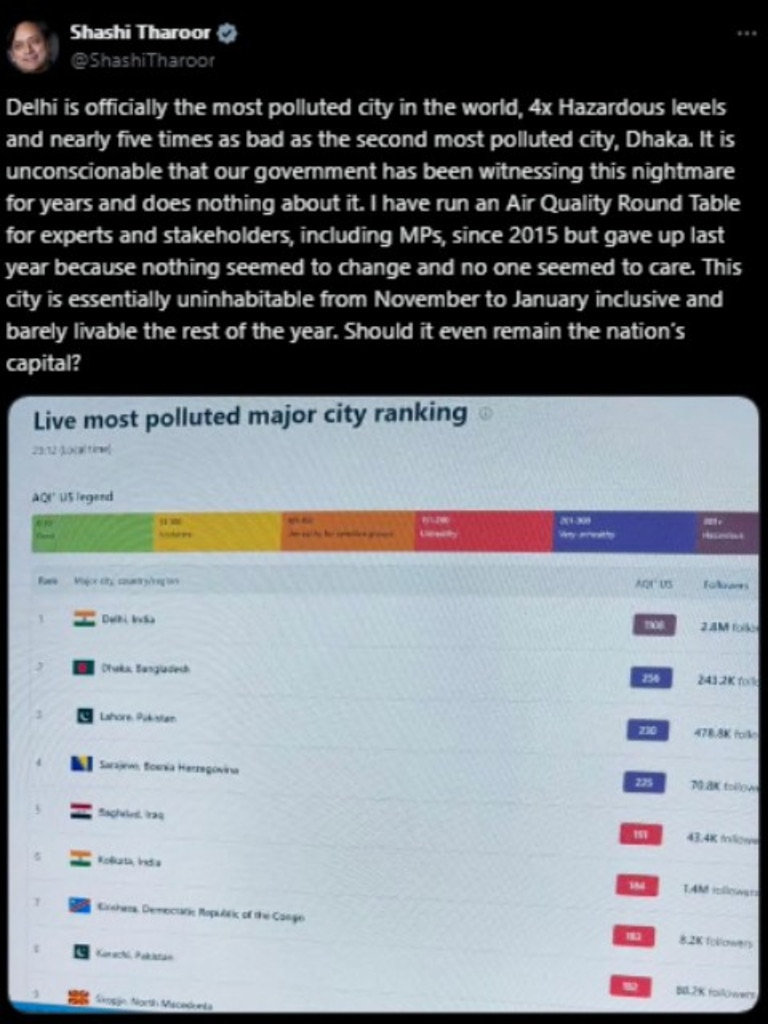
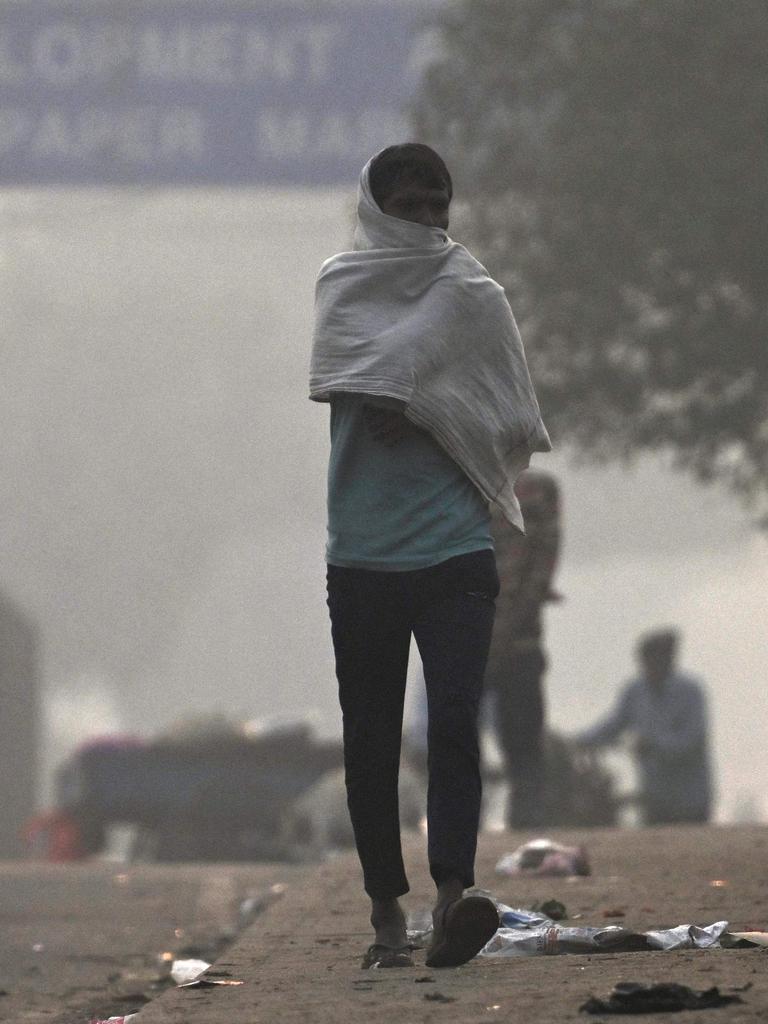
Delhi has failed to record a single “good” air quality day so far this year.
Just one such day was experienced in 2023, and three in 2022.
But the problem becomes particularly bad during the Northern Hemisphere’s winter. Cold air currents collect smoke from factories and fires, construction dust, vehicle exhausts and agricultural burning. But the atmospheric streams become trapped between the high Himalayas to the north and warmer equatorial climates to the south.
“It is unconscionable that our government has been witnessing this nightmare for years and does nothing about it,” Tharoor complained.
“I have run an Air Quality Round Table for experts and stakeholders, including MPs, since 2015 but gave up last year because nothing seemed to change and no one seemed to care.”
But the MP’s complaint has touched a national nerve.
Debate over the suitability and appropriateness of New Delhi as the national capital has raged for decades. It’s not central. It’s a vestige of British colonialism. Other major Indian cities have strong arguments to claim the title on historical, economic and social grounds.
And the idea of moving a national capital has a precedent.
Indonesia is uprooting its bureaucrats, officials and chief ministers from among Jakarta’s 10 million residents and relocating them to a new “forest city” of Nusantara. The move is due to be completed by 2045.
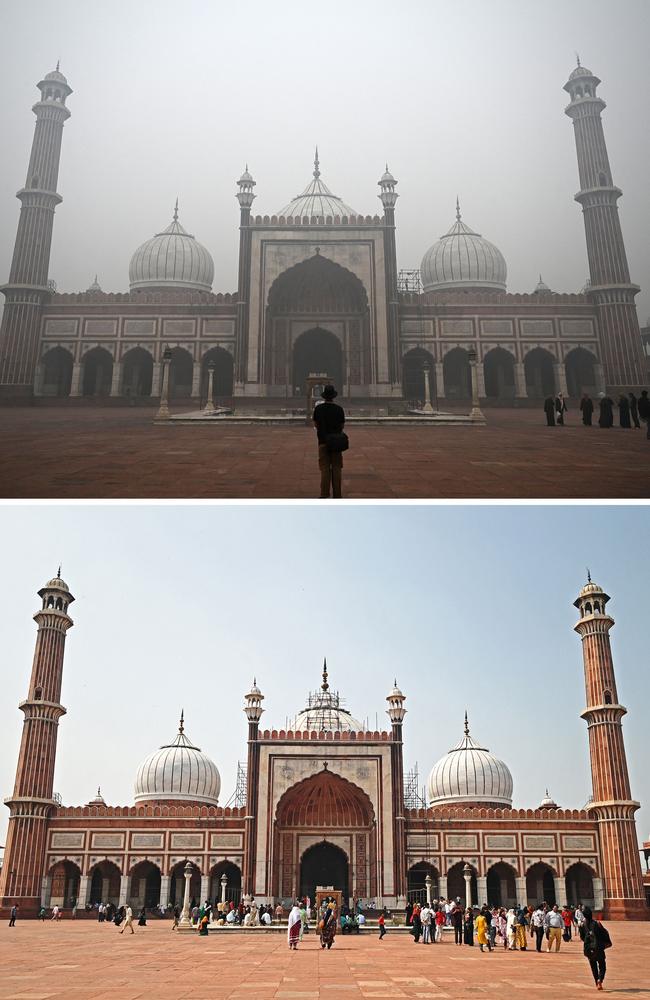
The New Delhi ‘bubble’
India’s capital was established in 1911 by the British Empire. It was chosen for British strategic considerations, and that era’s established economic and transport routes.
India is now an independent, multicultural nation.
And conditions – as well as the climate – have changed.
“Delhi is officially the most polluted city in the world, 4x hazardous levels and nearly five times as bad as the second most polluted city, Dhaka,” Tharoor tweeted.
“Capital should be moved to Chennai – the safest and cleanest city in India. Moving the capital to Chennai would also do wonders for federalism,” political spokesman Salem Dharanidharan affirmed.
But Chennai has its own problems. Especially flooding.
Others suggested Mumbai – India’s financial capital.
But its air quality, while significantly better than New Delhi’s, still hovers around “moderate” (AQI 119).
The issue is the broad extent of an atmospheric “bubble” created by northwestern India’s geography.


It extends across the low-lying Indo-Gangetic plain from Pakistan’s Punjab province through to Uttar Pradesh.
But India’s state and national governments constantly blame each other for filling it with toxic smog.
And none appear willing to rein in the dust from construction work, smog from coal-fired power plants and diesel generators or smoke from agricultural burn-offs.
High-profile Indian politician Bhimrao Ramji Ambedkar is a strong advocate for shifting the capital.
“Hyderabad fulfils all the requirements of capital for India … Fortunately, it can be very easily done with satisfaction to the whole of South India, to Maharashtra and to the Andhras. This is another remedy for easing the tension between the North and the South,” he said.
He and others have also expressed fears about New Delhi’s vulnerability to any invasion by China.
Tension along the Himalayan border has soared in recent years. And the two nations fought a brief but bitter war there in the 1960s.
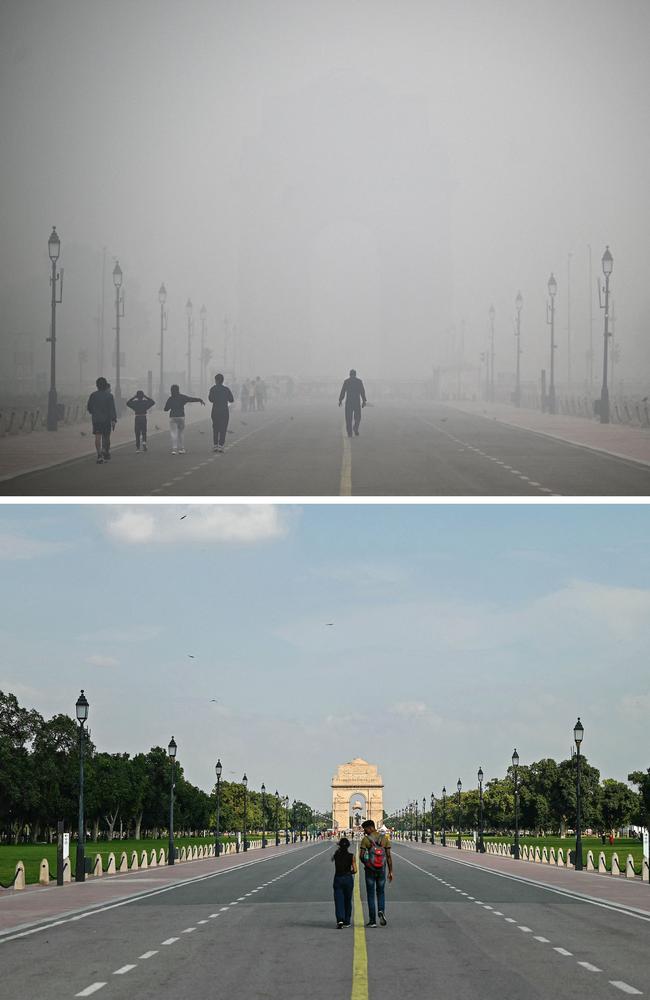
Moving house
New Delhi’s comfort appears to be the primary concern for India’s ruling class.
“The problems of Delhi include a wide spectrum of socio-economic, political and physical problems,” Congress leader Vilas Muttemwar argued in 2013.
“The severity of the problems are the declining environmental quality and inadequate urban infrastructural facilities including electricity, water, roads, transport, housing etc. The population of Delhi has shown tremendous growth during the past few years and has posed enough problems for city planning and governance.”
The capital of Manipur state, Imphal, has the nation’s best AQI at 38. It is the only capital to record a “good” rating.
The next best are the capitals of Arunachal Pradesh (Itanagar) and Meghalaya (Shillong). But both continually score an AQI of more than 50.

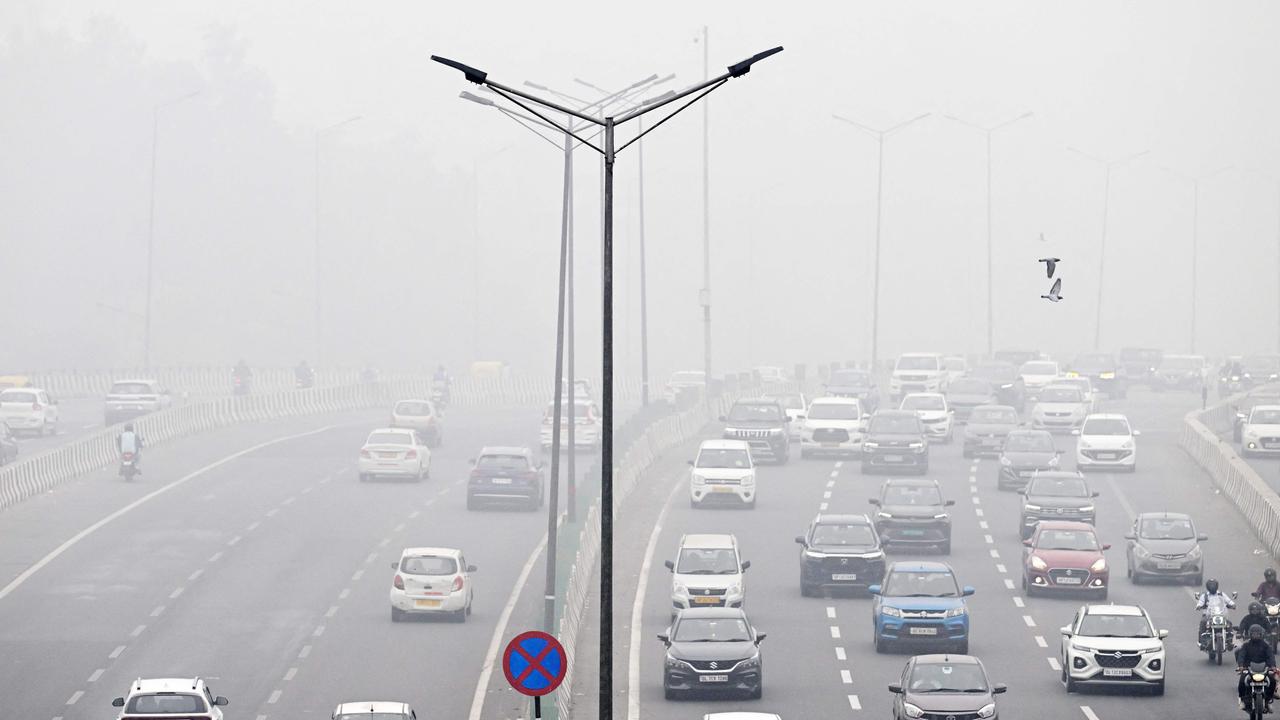
And there appears no political will to challenge industrial or agricultural giants to improve New Delhi’s smog situation.
Until recently, China’s capital, Beijing, stood alongside New Delhi as the world’s most polluted city.
But Beijing used the 2008 Summer and 2022 Winter Olympics as impetus for significant reforms.
Its AQI has fallen considerably, with major industries relocated and a concerted push towards renewable, “clean” energy sources.
Indonesia’s capital, Jakarta, also has a poor reputation for “very unhealthy” toxic smog.
It’s regularly featured among the world’s top 10 most polluted cities.
But it is the world’s rapidly rising sea levels that have forced the government’s hand in moving 1000km to higher land on the island of Borneo.
More Coverage
Some estimates warn the 10 million-strong city will be largely inundated by the 2070s. This has prompted a $51 billion effort to relocate Indonesia’s 1.5 million public servants out of harms’s way.
The new capital, Nusantara, will also tackle the environmental crisis head-on. Up to 65 per cent of its landscape is designated to remain original forest. And all new local infrastructure must be powered by renewable energy sources.
Jamie Seidel is a freelance writer | @jamieseidel.bsky.social



